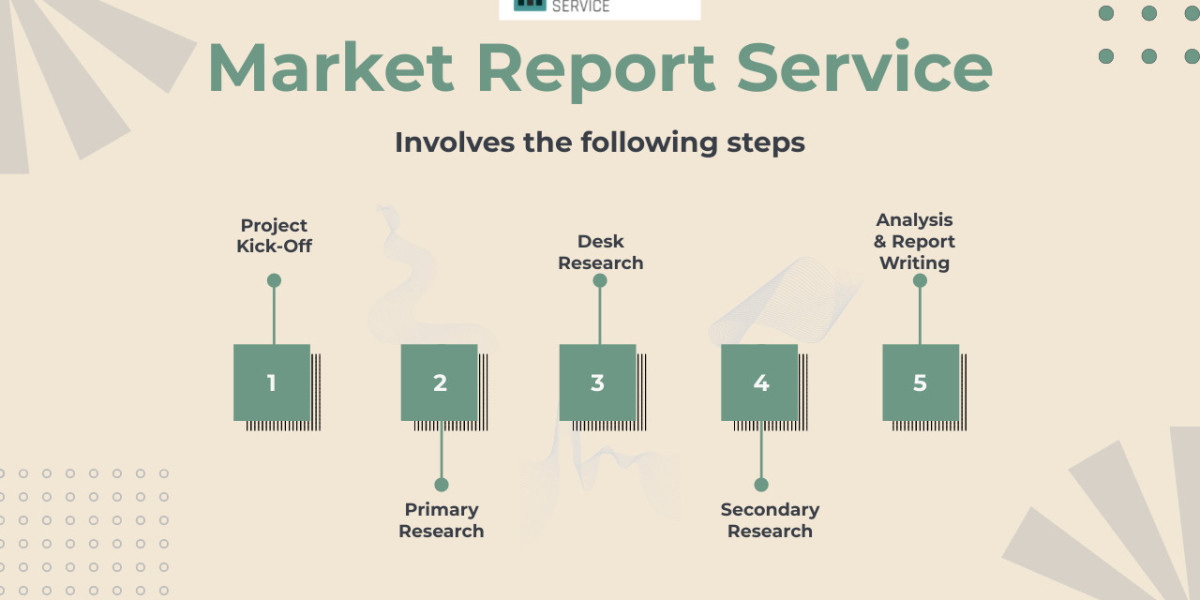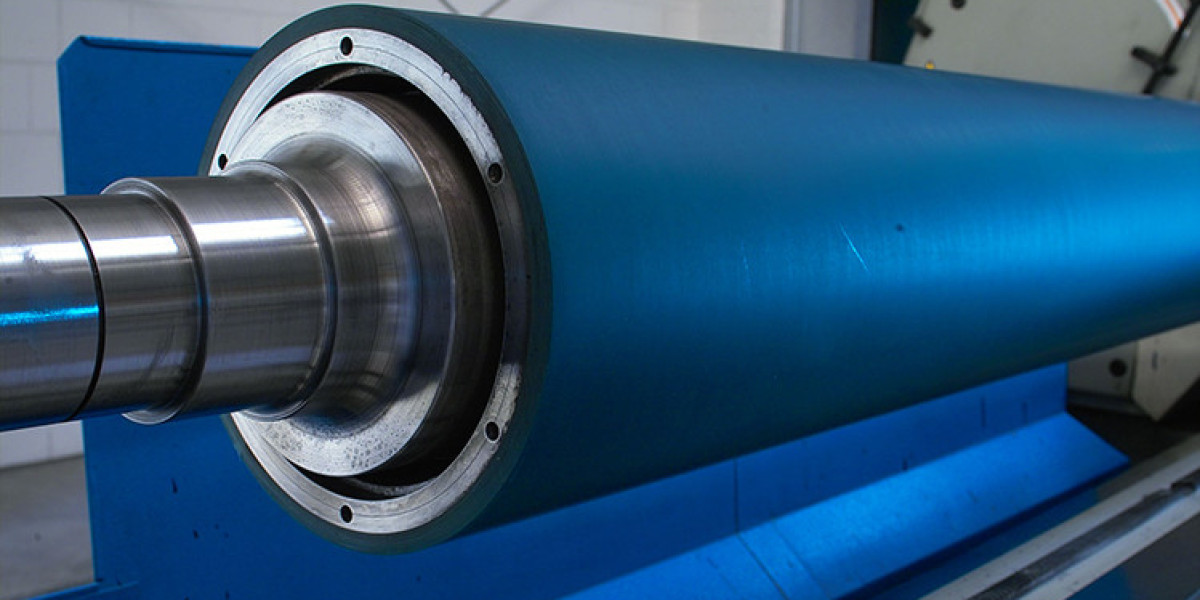The global airless packaging market has seen significant growth in recent years, driven by the rising demand for high-performance, sustainable packaging solutions. Used primarily in the beauty, personal care, and pharmaceutical industries, airless packaging provides protection for products by preventing air, light, and contaminants from entering the container, thus maintaining the product's quality and extending shelf life. This article explores the key drivers, challenges, and opportunities that shape the airless packaging market today.
Market Forecast
According to Stratview Research, the airless packaging market was estimated at USD 4.8 billion in 2022 and is likely to grow at a CAGR of 6.10% during 2023-2028 to reach USD 6.84 billion in 2028.
Key Drivers
- Increasing Demand for Product Preservation: One of the most important drivers of the airless packaging market is the growing consumer demand for products that maintain their effectiveness over time. Products such as skincare formulations, cosmetics, and pharmaceuticals often contain sensitive ingredients that can degrade when exposed to air or light. Airless packaging systems ensure the product is kept fresh and effective for a longer period, making them a preferred choice for manufacturers aiming to provide high-quality, long-lasting products.
- Sustainability and Waste Reduction: As consumers become more environmentally conscious, there is increasing pressure on brands to adopt eco-friendly packaging solutions. Airless packaging allows nearly complete product dispensing, reducing product waste, and can be designed with recyclable materials. This focus on sustainability aligns with growing environmental regulations and consumer preferences, making airless packaging a critical tool for companies looking to enhance their green credentials.
- Growth in Premium and Organic Products: The rise of premium and organic beauty products has led to increased demand for airless packaging. Consumers who invest in high-quality or natural skincare products expect the packaging to maintain the integrity of delicate ingredients. Airless packaging, by protecting these ingredients from contamination and oxidation, helps meet these expectations and supports the growth of premium product lines.
Key Challenges
- High Manufacturing Costs: Airless packaging systems, particularly those with advanced pump mechanisms and eco-friendly materials, can be more expensive to produce than traditional packaging. The higher production costs can be a barrier for smaller companies or for products with lower profit margins, limiting their adoption across all sectors.
- Complex Design and Customization: The design and manufacturing of airless packaging are more complex than conventional packaging, requiring specialized machinery and expertise. Customization options, which are important for many brands, can add to these complexities, leading to longer production times and higher costs.
Opportunities
- Expansion into New Industries: While airless packaging is primarily associated with the beauty and personal care industries, there is growing potential for its application in other sectors. The pharmaceutical industry, in particular, is recognizing the benefits of airless packaging for protecting sensitive medications from contamination and extending their shelf life. Similarly, sectors such as food and home care offer untapped opportunities for market growth.
- Innovation in Sustainable Materials: The increasing focus on sustainability opens the door for innovation in eco-friendly materials for airless packaging. Many companies are exploring biodegradable plastics and other environmentally friendly alternatives. These innovations could reduce costs and boost adoption across various industries.
Conclusion
The global airless packaging market is set to expand, driven by consumer demand for product preservation, sustainability, and premium packaging solutions. While challenges like high production costs and design complexities exist, the market offers ample opportunities for growth, particularly in emerging industries and through the development of eco-friendly materials. As airless packaging evolves, it will play an increasingly important role in delivering safe, sustainable, and high-quality products.















